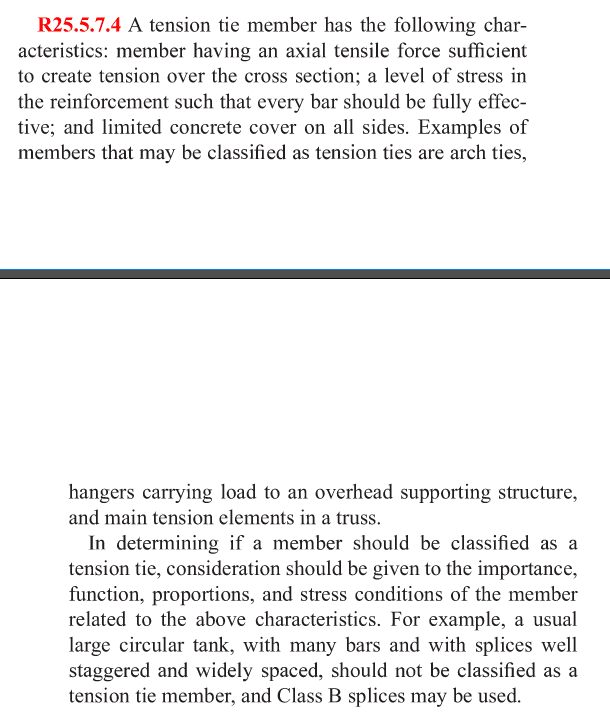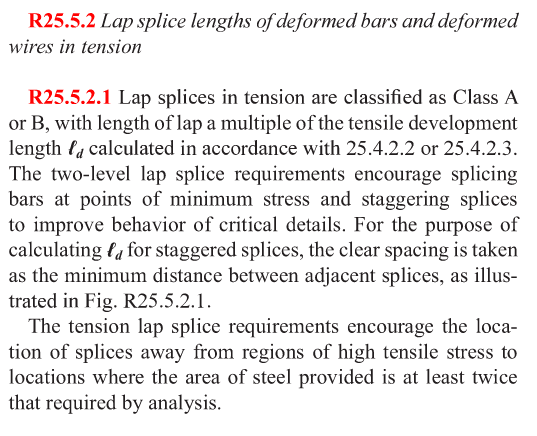Has anyone else utilized more than one hairpin to resist large thrust loading? Most examples use one hairpin and this is fine for smaller buildings, but if the thrust is very high can two or three hairpins per column be utilized?
Tie rods cannot be used for this scenario.
Tie rods cannot be used for this scenario.


